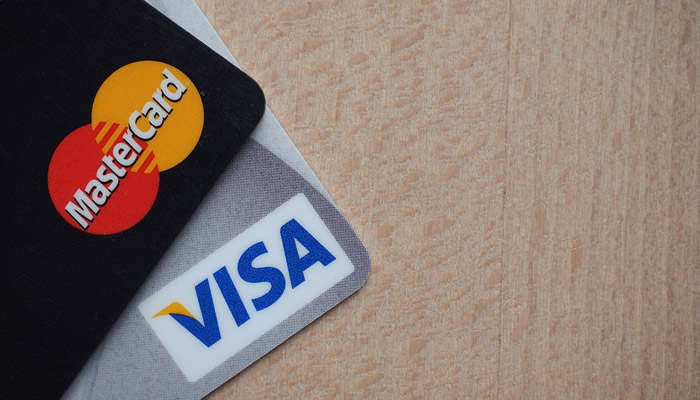Report: Canadians are in Debt, but Mostly the “Good” Type
Posted August 22, 2015 in Economy, Personal Finance
Canadians are up to their ears in debt, but at least It’s mostly the “good” type. The average Canadian was $93,000 in debt in June 2015, up from $76,140 last year, according to a Bank of Montreal report. The report looked at overall household debt in the country. The top two types of debt for most Canadians is credit card debt and mortgage debt.
Of those surveyed, 80 percent said they are in debt (this stayed the same as last year). The top three sources of debt include home purchases, home repairs/renovations and education. With the baby boomers aging, they’re spending more to fix up their homes. Expenses related to education is up three percent, with a third of Canadians under age 35 carrying student debt.
With home prices reaching the stratosphere in red-hot markets like Toronto and Vancouver, it shouldn’t come as any surprise the family home is a major source of debt. In July 2015, home sales were up sharply at 30 percent, while prices were up 11 percent year-over-year in Vancouver. Meanwhile in Canada’s largest city, Toronto, home sales were up 8 percent, while prices were up 9.4 percent. A third (34 percent) said purchasing a home was the main source of their debt, while half (49 percent) said it contributed significantly to their current debt.
The Low Interest Rate Trap
With interest rates near a record low, many Canadians are piling on debt like there’s no tomorrow. Record low mortgage rates are fueling record high housing prices. While you may be able to afford your debt payments now, what if interest rates were to rise two or three percent in the next five years?
Millennials have grown up in a world of low interest rates. Interest rates have been falling the last 30 years; it’s hard to imagine they could get any lower. Some families may find themselves in a difficult situation when interest rates eventually rise. That’s why it’s financially responsible to live below your means. Consider purchasing a home below the maximum purchase price approved by your bank to give yourself some financial wiggle room.
Good Debt vs. Bad Debt
Not all debt is created equal. Similar cholesterol, there’s a good and bad type of debt. It’s important to be able to tell the difference between the two types. Borrowed money to purchase appreciating assets that increase your net worth is considered good debt. Bad debt is borrowed money to purchase depreciating assets or assets that have little to no value. Bad debt often comes with high interest rates. A rule of thumb to avoid bad debt is if you can’t afford it, don’t purchase it. Examples of good debt include mortgages, student loans and investment loans. Examples of bad debt include car loans and credit card debt to pay for vacations and clothing.
Distinguishing between good debt and bad debt isn’t always easy. For example, is buying a granite countertop on credit considered good debt? At first glance it isn’t, but perhaps needed repairs could be viewed as “good debt” if the financing vehicle allows for deferred payment while invest-able assets remain invested. Another example is student loans, which may not be considered good debt if you can’t find a job in your field of study.
The Bottom Line
With interest rates showing no signs of heading up anytime soon, expect the trend of Canadians piling on debt to continue. Next time you’re about to buy something, ask yourself if it’s good debt or bad debt. Telling the difference between the two types isn’t always easy.




